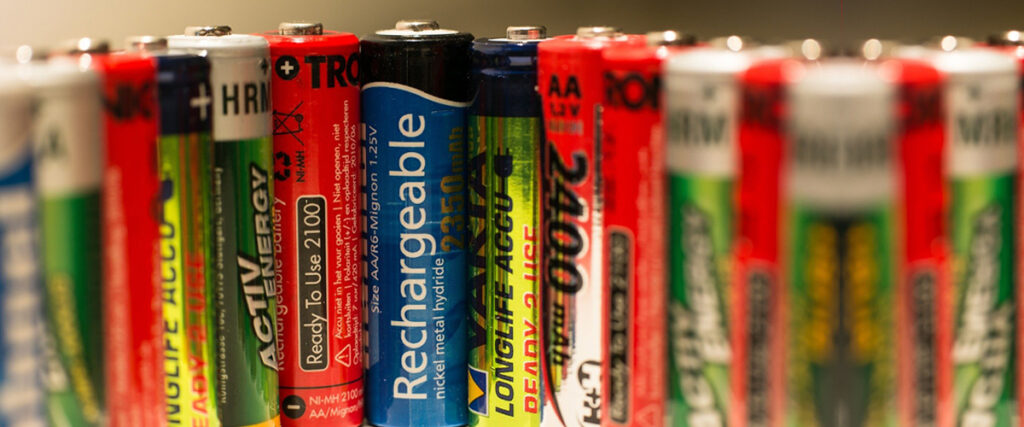
What is the Right to Repair?
When your phone screen accidentally cracks or its battery performance starts to wane, what are your options?
Some companies may try to entice you to purchase a new phone, trading in your old one for an upgraded model. Or they may advise you to bring your phone in for an official repair. But what if you wanted to go a different route?
It can be cheaper and more convenient to take a device to a third-party repair shop or even fix it yourself, but unfortunately, some manufacturers have tried to create restrictions that limit these options. Some repairs are limited to the original manufacturer because of restrictions on available information, tools, software, or parts needed for repairs, or even through outright bans explicitly prohibiting repairs done elsewhere.
Right to Repair Movement
That is where the Right to Repair movement comes in. People are pushing back against these restrictions and advocating for the right to repair or modify their own devices.
Right to Repair states that you should be able to take your electronic device to a third-party repair shop, easily find manuals, information and instructions for repair online and source replacement parts.
In a culture where products are increasingly designed to be short-lived or used for only a limited time, the goal of Right to Repair is to make it easier for you to repair the devices you already own. This allows you to get as much use as possible from each device instead of tossing it out.
E-waste recycling – while the right thing to do with all electronic devices that can’t be repaired – isn’t perfect. Recycling e-waste is difficult work that involves the shipping and handling of toxic and dangerous materials. In fact, less than 18% of electronic waste was recycled in 2019. This makes it exceedingly important that we try to reduce and repair our devices and appliances before opting to recycle them as e-waste.
Ultimately, by allowing consumers to repair and get as much use as possible from their devices, the Right to Repair movement helps to fight against a disposable culture and its harmful impacts.








